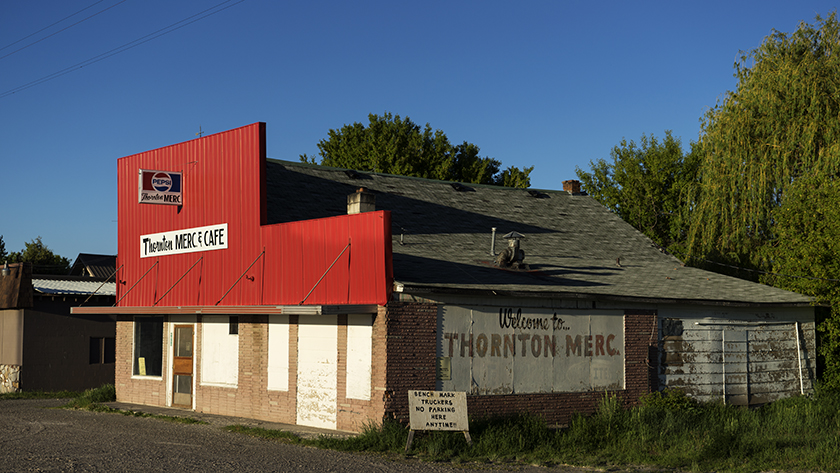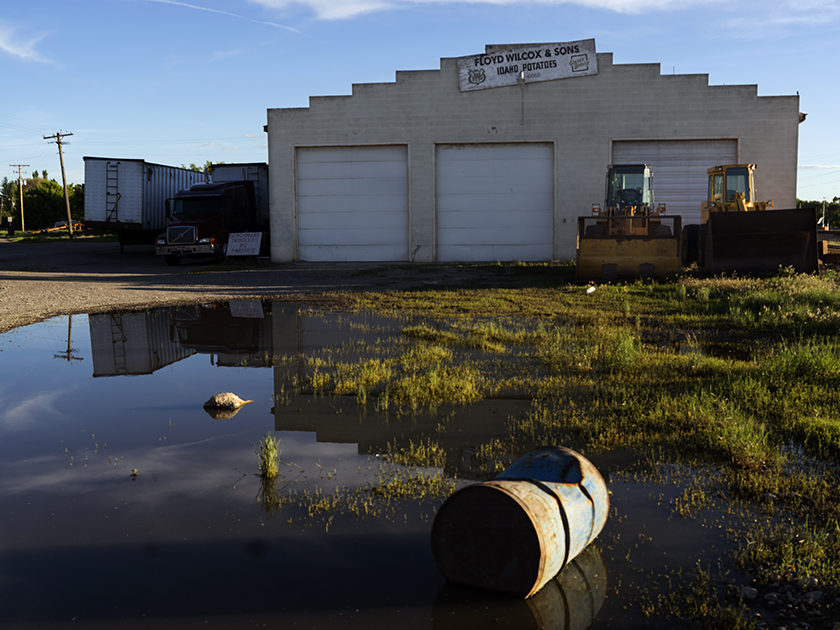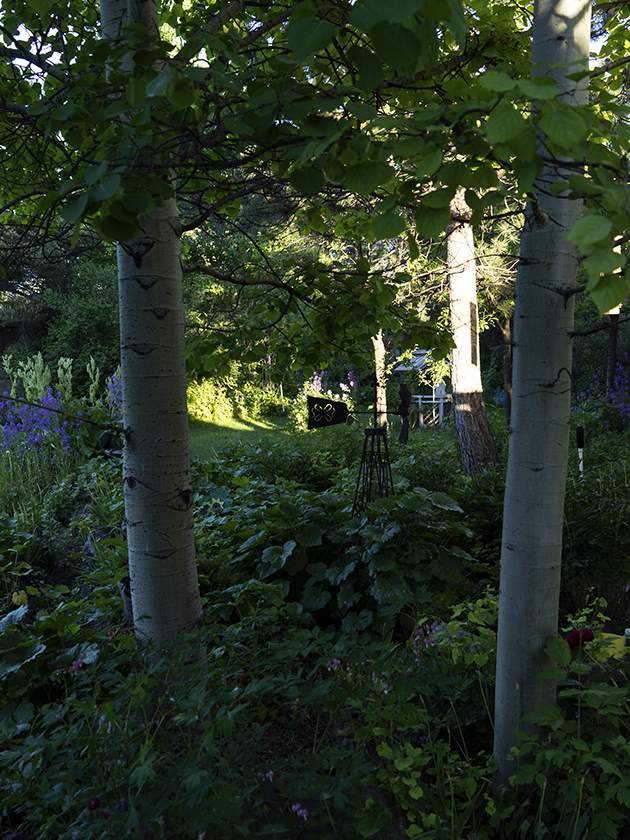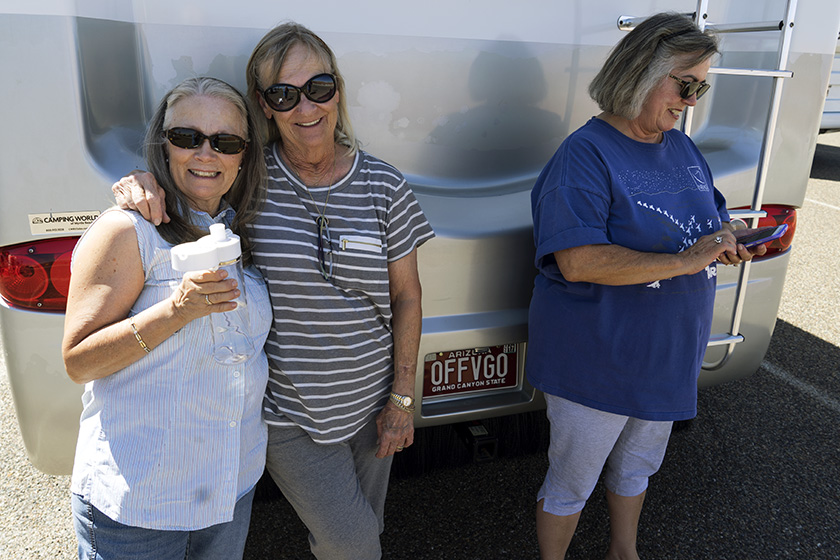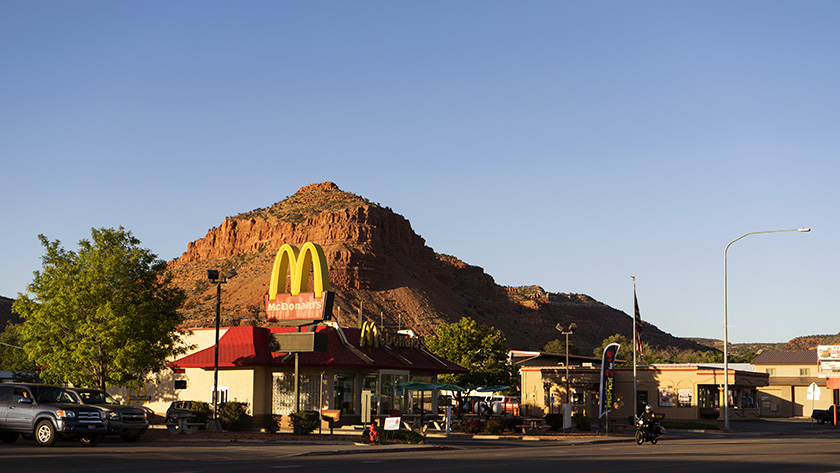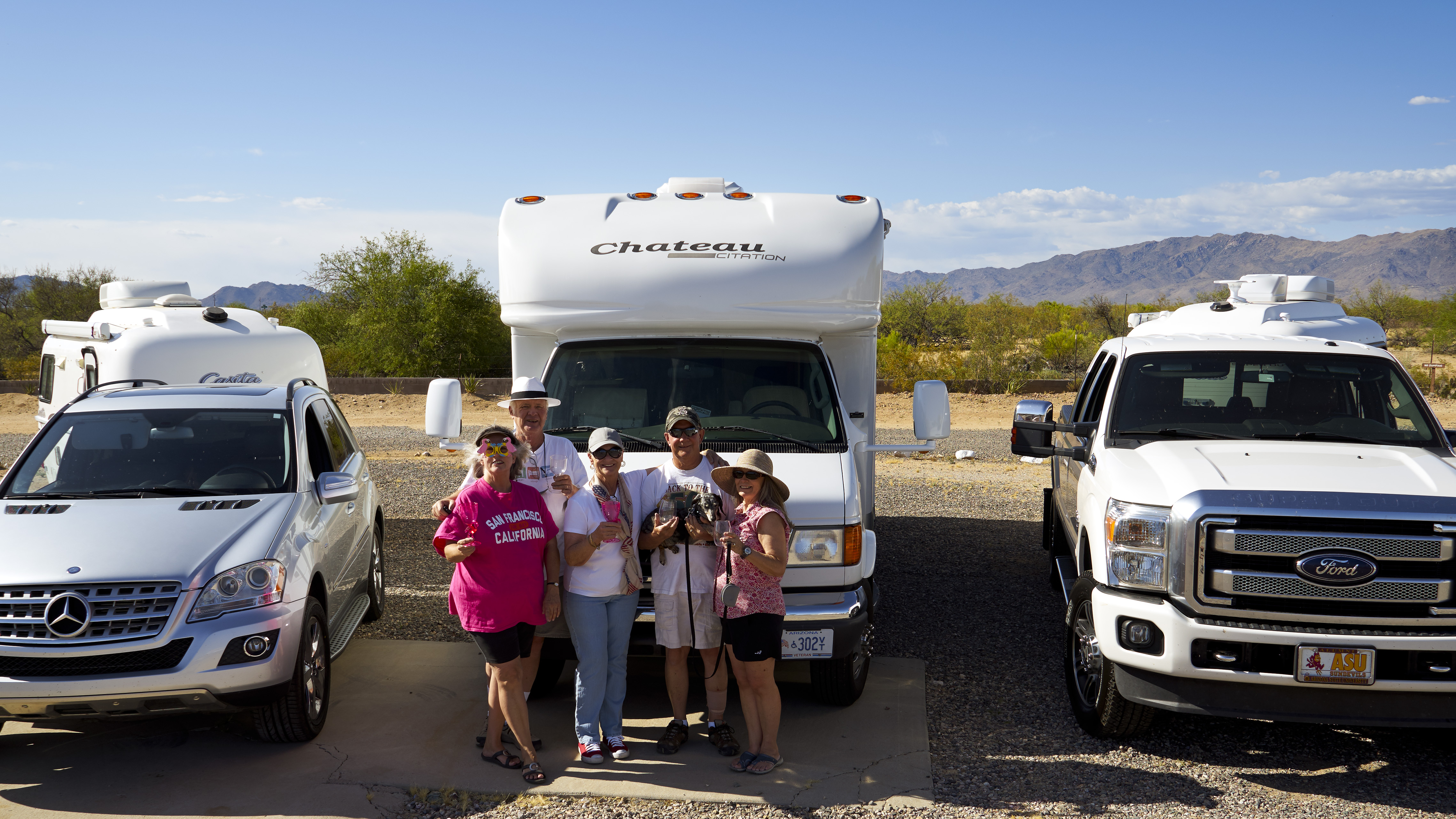We arrived in Columbia Falls yesterday. Fred needs to get his stitches out (see the earlier post about pending disasters), and after five days of driving we scheduled time for a break. In addition to the medical concerns, we’ll restock some supplies and explore Glacier National Park so we can shoot some pictures and get in some fishing.
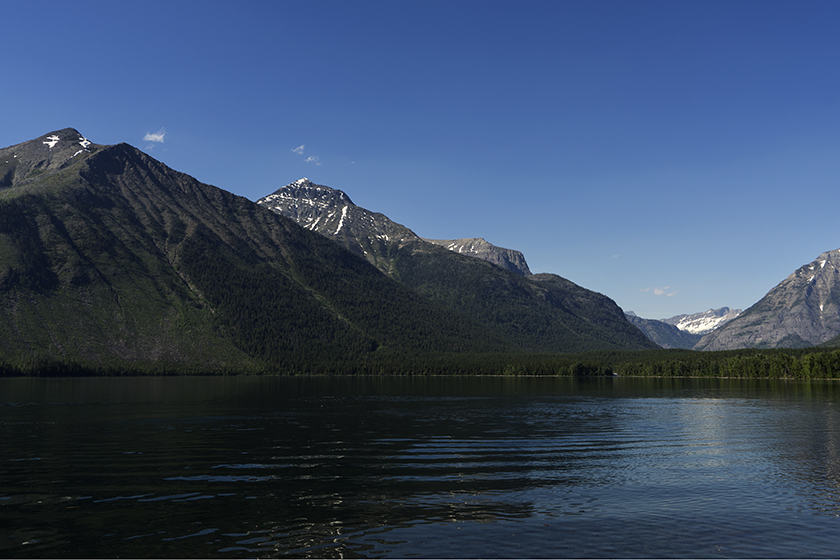
Glacier is my favorite park (of the ones I’ve visited). It spans the border with Canada and their side is called Waterton Lakes National Park. Glacier is relatively small but has spectacular glacial mountains stacked one after another. I’ve joked before that it’s hard to photograph because to get one mountain completely framed, you back into another mountain.
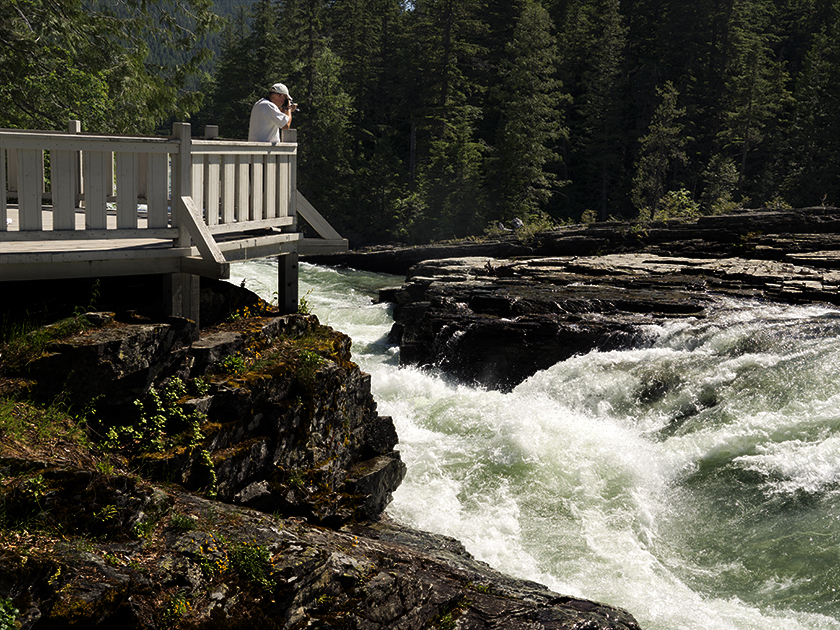
Going to the Sun road is the only road that traverses the park, and it crosses the Continental Divide at Logan Pass. At 6600 feet elevation, it is the best view of the park. Unfortunately, the road was closed every time we’ve visited and this year the snow won’t be cleared until mid July.
If you visit the park early in the season, you can cheat the snow plows by driving around the park on Highway US 2 to visit the other side, and that’s what we will do on Wednesday. We will spend a couple of days in Saint Mary before we finally cross the Canadian border.
jw

